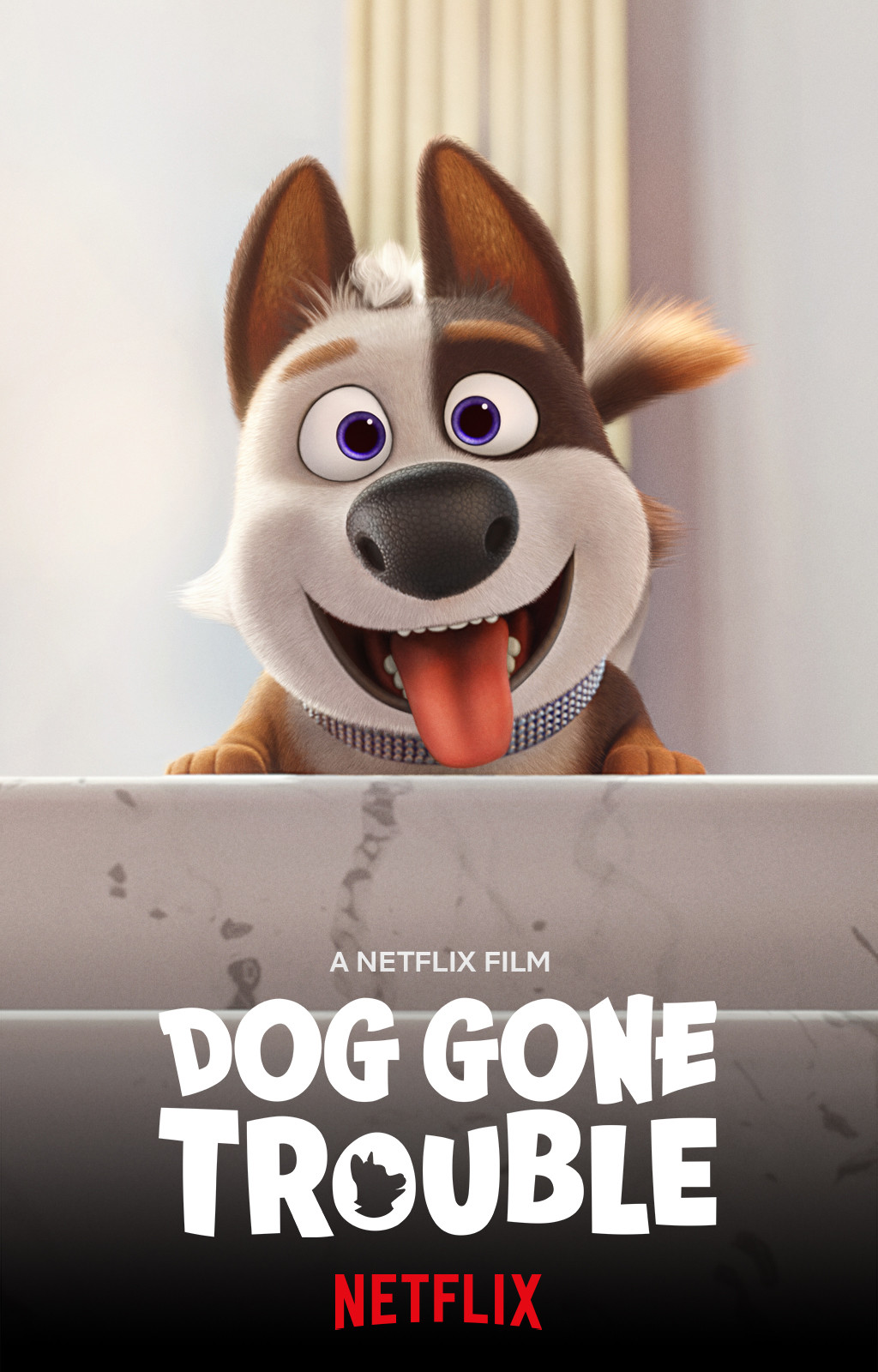
Some literature lists it as the 10th of November, while others say it was the 20th of November. Hachikō's birth has been a topic of great debate. Furthermore, the recreation of the statue is often noted as a pivotal point in saving the Akita breed from extinction, which had been in steady decline post-war. In 1948, his son, Takeshi Ando, replicated the bronze statue on behalf of his father and Hachikō. Sadly, the sculptor was killed during an air raid. In 1944, during World War II, Hachikō's statue was melted down to support the war efforts. Locals recall seeing Hachikō gazing at the statue. All of this, however, did not stop Hachikō from continuing to wait for Ueno’s return, although now he waited by his new post – beside the bronze sculpture.

Hachikō, who was also in attendance, wore red and white scarves for the event, seeming to understand the impact he had made.

In 1934, a bronze statue was erected in front of the ticket gate of Shibuya Station with a poem engraved on a placard with the title “Lines to a Loyal Dog.”Ī throng of people arrived for the festive unveiling, including the grandchildren of Professor Ueno. Impressed by Hachikō's proud appearance and composure, Ando saw the opportunity to create a new kind of art, one which would serve as a tribute to the gentle dog-hero whose story was so compelling.Īndo sculpted a plaster statue of Hachikō for the Imperial Fine Arts Academy Exhibition. In 1933, the sculptor, Teru Ando, saw Hachikō for the first time at the station. In those days, such affection for animals was outside the norm. He spoiled Hachikō the way modern dog lovers spoil their pups. He brushed his thick coat daily and fed him rich meals of rice with broth, milk and liver treats. Nonetheless, Ueno took special care of Hachikō, catering to his every need. John and Hachikō got along well however, Esu was aggressive toward him, perhaps sensing the unique friendship his owner shared with Hachikō. Ueno took Hachikō for walks with his other dogs, two English Pointers named John and Esu. Within the next six months, Hachikō's health improved. They kept his head cool with ice bags and packed hot water bags beside his feeble little body. (In those days it was rare to find dogs indoors.) Hachikō became weaker and developed a fever, causing Ueno and his wife to bolster their efforts to nurse him back to health. A fragile pup in poor health, Hachikō slept under Ueno’s western-style bed, wrapped in fabric. In the winter of 1924 Hachikō arrived in Tokyo to meet Ueno. The two would endure a bitter beginning, but it only served to strengthen their affections. And while he was a dog lover (he owned 16 dogs in his lifetime), he’d never had a pup like Hachikō. A respected scholar and authority on agricultural civil engineering in Japan, Ueno was recognized for extraordinary contributions in his field. Not in the market for a pup, Ueno unexpectedly accepted Hachikō as a gift from his former student, Mase Chiyomatsu, the head of the Arable Land Cultivation Section of the Akita prefecture.

Koko: A Red Dog Story received mostly positive reviews from critics. Filming began in 2018 in Perth, Western Australia.


 0 kommentar(er)
0 kommentar(er)
